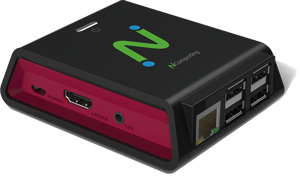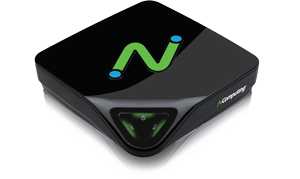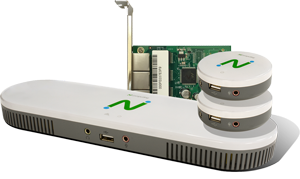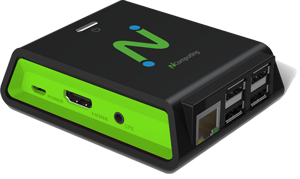Computers in classrooms have become an important part of education in German schools. However, until recently nearly 80% of secondary school students didn’t have access to ICT technology in core classes such as German, Mathematics, English and Biology. One of the reasons for this technological gap was that schools didn’t have the capacity and equipment required for widespread computer use.
The German town of Lünen wanted to address these challenges and in 2006 it started an ICT renovation project with the aim to provide more flexible IT access to its growing population of primary and secondary students. However, the lack of space and the high administrative costs posed significant challenges to achieving these goals. To overcome these issues, Lunen needed a new affordable infrastructure which allowed IT staff to easily manage desktop workstations across the schools.
After considering all available options, the City Council of Lunen decided to deploy NComputing L300 thin clients and vSpace Server. The thin clients were perfectly suited to the needs of the council as they allowed multiple users to access ICT applications and didn’t take up a lot of space. Moreover, the vSpace Server allowed remote monitoring and upgrade of virtual desktops with minimal involvement of IT staff.
Over the course of a few years, thirteen schools in Lunen deployed L300 clients, providing a total of 230 desktop workstations for students. The thin clients, in combination with vSpace Server, enabled the connection of 100 workstations at only a third of the cost of standard devices. The implementation of the desktop virtualisation solutions allowed the school administration of Lünen to significantly cut down hardware IT costs by reusing old PCs, whilst reducing the time for installation of new devices by more than a third. Most importantly, the new ICT infrastructure enabled schools to provide every classroom with computer access and enable better e-learning opportunities for students and teachers alike. To find out more about this project, please read the full case study here (English version) or here (German version).





